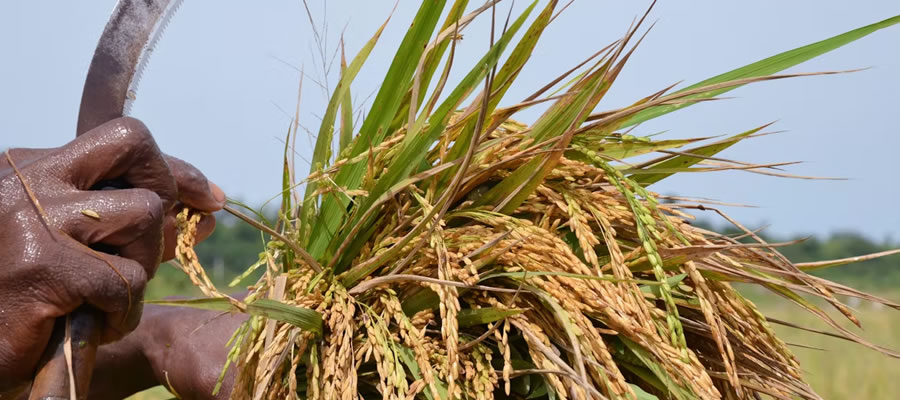

Introduction
Agriculture is the major economic activity in the Municipality in terms of employment and income generation. This chapter discusses households that are engaged in Agriculture and type of farming activities.
Households in Agriculture
Table 7.1 indicates that out of the households of 30,074, 74.1 percent are engaged in agriculture. Majority (98.8%) of households in the Municipality are engaged in crop farming, whiles only few (0.8%) of the households are engaged tree planting. In both urban and rural areas, most of the households are crop farmers. In the rural areas a higher proportion of households (86.1%) are engaged in agriculture as compared with 55.2 percent in the urban areas. Also in livestock rearing, 25.7 percent of the households are in the rural areas as compared with 12.5 percent in the urban areas. This is because most of the livestock rearing is done in the rural areas, where the environment is conductive and there is enough space for the animals. Also some of these animals are fed with grass which is easily obtainable in the rural areas.
Fish farming is uncommon among households in both localities; 0.3 percent in the rural areas 0.1 percent in the urban areas.
Types of Farming Activities
Out of a total number of 185,738 animals, the majority of all livestock (67.6%) is chicken, followed by sheep with 10.8 percent. Dove, grass cutter, ostrich and snail are among the least of the animals reared in the district.
About 50.0 percent of the number of keepers (7,278) rear chicken, which is most common occupation among the keepers; 23.1 percent are goat and, 18.8 percent are sheep keepers. The average number of animals per keeper is 618 for inland fishing, fish farming (278) and turkey rearing (131). The least average number of animal per keeper is seven for silk worm and 10 for goat and pig.
Date Created : 11/21/2017 1:20:42 AM











 facebook
facebook
 twitter
twitter
 Youtube
Youtube
 +233 593 831 280
+233 593 831 280 0800 430 430
0800 430 430 GPS: GE-231-4383
GPS: GE-231-4383 info@ghanadistricts.com
info@ghanadistricts.com Box GP1044, Accra, Ghana
Box GP1044, Accra, Ghana